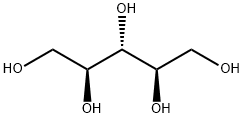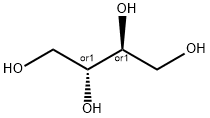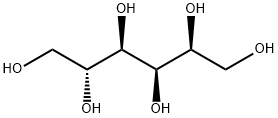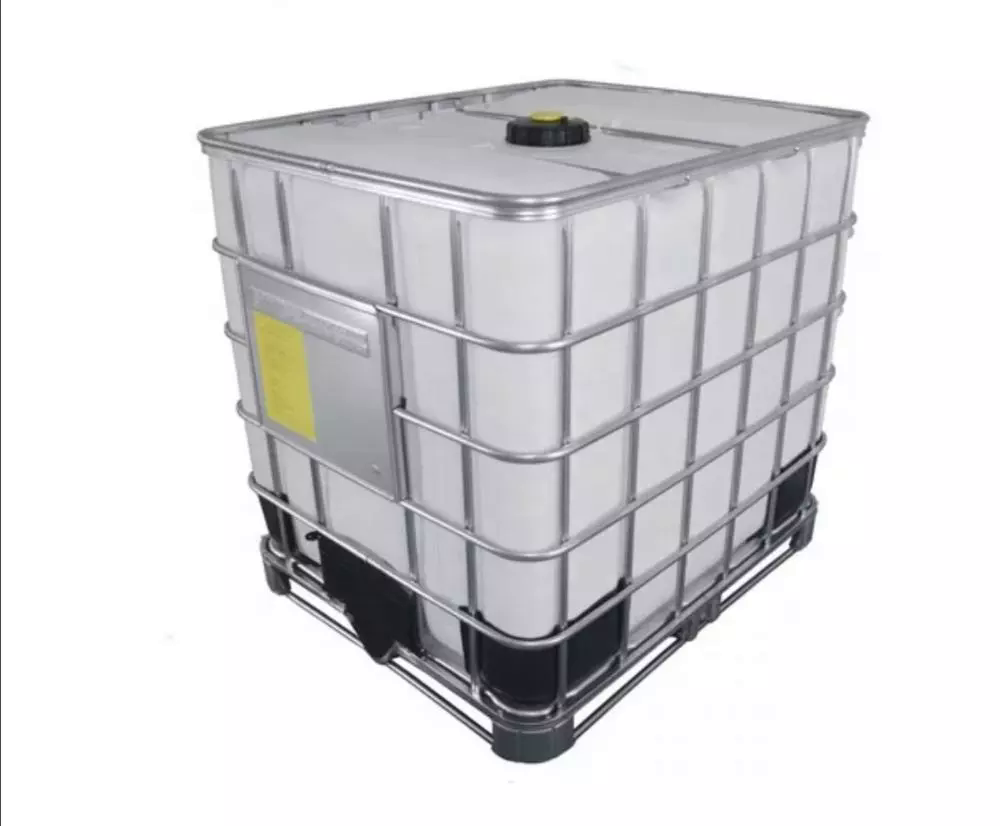Glycerol
Synonym(s):Glycerin;Glycerol;1,2,3-Propanetriol;1,2,3-Propanetriol, Glycerine;1,2,3-Propanetriol, Trihydroxylpropane, Protol, Glycerin
- CAS NO.:56-81-5
- Empirical Formula: C3H8O3
- Molecular Weight: 92.09
- MDL number: MFCD00675440
- EINECS: 200-289-5
- SAFETY DATA SHEET (SDS)
- Update Date: 2024-05-23 18:06:45

What is Glycerol?
Absorption
Well absorbed orally, poorly absorbed rectally. Studies in humans and animals indicate glycerol is rapidly absorbed in the intestine and the stomach
Toxicity
Glycerol has very low toxicity when ingested ; Rat LD50 (oral)-12600mg/kg Mice LD50 (oral )-4090mg/kg Human TDLo (oral) - 1428mg/kg
Description
Glycerol is a colorless, viscous, hygroscopic, sweet-tasting trihydric alcohol. It is also called glycerin or glycerine, with the term glycerol being preferred as the pure chemical form and the term glycerin(e) being primarily used when the compound is used commercially in various grades.
Description
Glycerol (also called glycerin or glycerine) is an alcohol produced by the hydrolysis of triglycerides, or as a byproduct during the manufacture of soap and biodiesel. It absorbs water from the air, and it is used as a moisturizer in soaps and lotions. Glycerol has a sweet taste, and it can be used as a food preservative and a nonsugar sweetener.
The Uses of Glycerol
Glycerol is used both in sample preparation and gel formation for polyacrylamide gel electrophoresis. Glycerol (5-10%) increases the density of a sample so that the sample will layer at the bottom of a gel’s sample well. Glycerol is also used to aid in casting gradient gels and as a protein stabilizer and storage buffer component.
Background
A trihydroxy sugar alcohol that is an intermediate in carbohydrate and lipid metabolism.
Indications
It is used as a solvent, emollient, pharmaceutical agent, and sweetening agent.
Pharmacokinetics
Glycerin is commonly classified as an osmotic laxative but may act additionally or alternatively through its local irritant effects; it may also have lubricating and fecal softening actions. Glycerin suppositories usually work within 15 to 30 minutes.
Metabolism
Glycerin is a substrate for synthesis of triacylglycerols and of phospholipids in the liver and adipose tissue. When fat metabolized as a source of energy, glycerol and fatty acids are released into the bloodstream. Circulating glycerin does not glycate proteins and does not lead to the formation of advanced glycation endproducts (AGEs). In some organisms, the glycerin component can enter the glycolysis pathway directly to provide a substrate for energy or glucose production. Glycerol must be converted to their intermediate glyceraldehyde 3-phosphate before being used in glycolysis or gluconeogenesis. Glycerol metabolism is regulated by the enzymes glycerol kinase, (cytosolic) NAD+-dependent G3P dehydrogenase and (mitochondrial) FAD-linked G3P dehydrogenase.
Effectiveness
Glycerol is effective for:
Constipation. Using glycerol as a suppository or as an enema in the rectum decreases constipation in adults and children at least 2 years of age.
An inherited skin disorder that causes dry, scaly skin (ichthyosis). Applying a specific product containing glycerol and paraffin to the skin reduces symptoms like itching and scales in children with ichthyosis.
Properties of Glycerol
| Melting point: | 20 °C(lit.) |
| Boiling point: | 290 °C |
| Density | 1.25 g/mL(lit.) |
| Flash point: | 320 °F |
| storage temp. | Store at +5°C to +30°C. |
| solubility | H2O: 5 M at 20 °C, clear, colorless |
| form | Viscous Liquid |
| color | APHA: ≤10 |
| Odor | Odorless. |
| Water Solubility | >500 g/L (20 ºC) |
| Sensitive | Hygroscopic |
Safety information for Glycerol
| Signal word | Danger |
| Pictogram(s) |
 Flame Flammables GHS02  Exclamation Mark Irritant GHS07 |
| GHS Hazard Statements |
H225:Flammable liquids H315:Skin corrosion/irritation H319:Serious eye damage/eye irritation H320:Serious eye damage/eye irritation |
| Precautionary Statement Codes |
P210:Keep away from heat/sparks/open flames/hot surfaces. — No smoking. P261:Avoid breathing dust/fume/gas/mist/vapours/spray. P264:Wash hands thoroughly after handling. P264:Wash skin thouroughly after handling. P280:Wear protective gloves/protective clothing/eye protection/face protection. P305+P351+P338:IF IN EYES: Rinse cautiously with water for several minutes. Remove contact lenses, if present and easy to do. Continuerinsing. P337+P313:IF eye irritation persists: Get medical advice/attention. P370+P378:In case of fire: Use … for extinction. P403+P235:Store in a well-ventilated place. Keep cool. |
Computed Descriptors for Glycerol
| InChIKey | PEDCQBHIVMGVHV-UHFFFAOYSA-N |
Abamectin manufacturer
Sudarshan Pharma Industries Limited
Sagar Speciality Chemicals Private Limited
New Products
3-N-BOC-(S)-AMINO BUTYRONITRILE 4-Piperidinopiperidine 2-Methyl-4-nitrobenzoic acid 2-(4-bromophenyl)-2-methylpropanoic acid 4-Acetyl-2-methylbenzoicacid Acetyl-meldrum's acid Ethyl-4-Pyrazole carboxylate 2,6 Di acetylpyridine 2,6-Pyridinedimethanol 5,7-Dichloro-3H-Imidazo[4,5-B]Pyridine 5-Bromo-2-Methoxy-4-Methyl-3-Nitropyridine 2-Fluoro-5-Iodopyridine 2-Fluoro-5-Methylpyridine 2-Chloro-3-Bromo-5-Amiopyridine METHYL-4-(BUTYRYLAMINO)3-METHYL-5-NITROBENZOATE TRANS-CYCLOBUTANE-1,2- DICARBOXYLIC ACID 5-Nitro indazole R-(-)-5-(2-AMINO-PROPYL)-2-METHOXY-BENZENESULFONAMIDE 1,3-cyclohexanedione 4-Aminophenaethylalchol (S)-(+)-4-BENZYL-2-OXAZOLIDINONE 3-NITRO-5-ACETYL IMINODIBENZYL 4-FLUORO PHENYL MAGNESIUM BROMIDE 1.0 M IN THF 1-HYDROXY-4-METHYL6-(2,4,4-TRI METHYL PHENYL)-2-PYRIDONE MONO ETHANOL AMINE(PIROCTONE OLAMINE)Related products of tetrahydrofuran








You may like
-
 Glycerine 98%View Details
Glycerine 98%View Details -
 Glycerine 99%View Details
Glycerine 99%View Details -
 Glycerine 98%View Details
Glycerine 98%View Details -
 Glycerine 98%View Details
Glycerine 98%View Details -
 Glycerine 99%View Details
Glycerine 99%View Details -
 GLYCERINE 98%View Details
GLYCERINE 98%View Details -
 56-81-5 98%View Details
56-81-5 98%View Details
56-81-5 -
 Glycerine 99%View Details
Glycerine 99%View Details